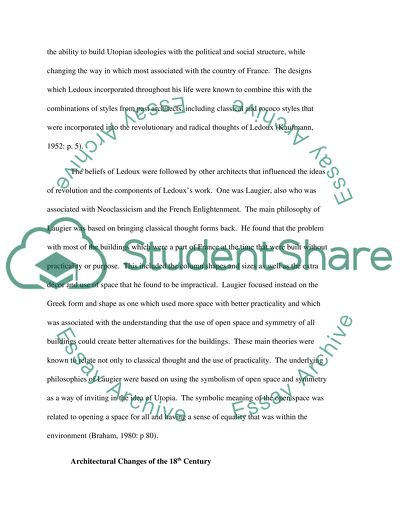Cite this document
(“Influence of Laugier's Treatise on Ledoux Essay - 1”, n.d.)
Retrieved from https://studentshare.org/other/1428738-influence-of-laugier-s-treatise-on-ledoux
Retrieved from https://studentshare.org/other/1428738-influence-of-laugier-s-treatise-on-ledoux
(Influence of Laugier'S Treatise on Ledoux Essay - 1)
https://studentshare.org/other/1428738-influence-of-laugier-s-treatise-on-ledoux.
https://studentshare.org/other/1428738-influence-of-laugier-s-treatise-on-ledoux.
“Influence of Laugier'S Treatise on Ledoux Essay - 1”, n.d. https://studentshare.org/other/1428738-influence-of-laugier-s-treatise-on-ledoux.


